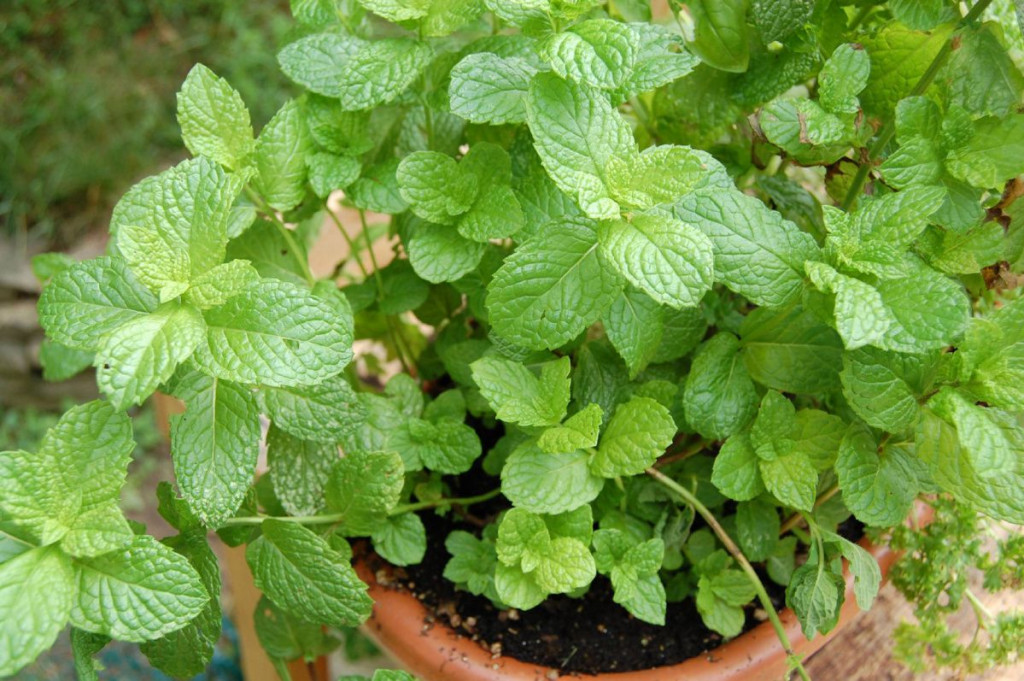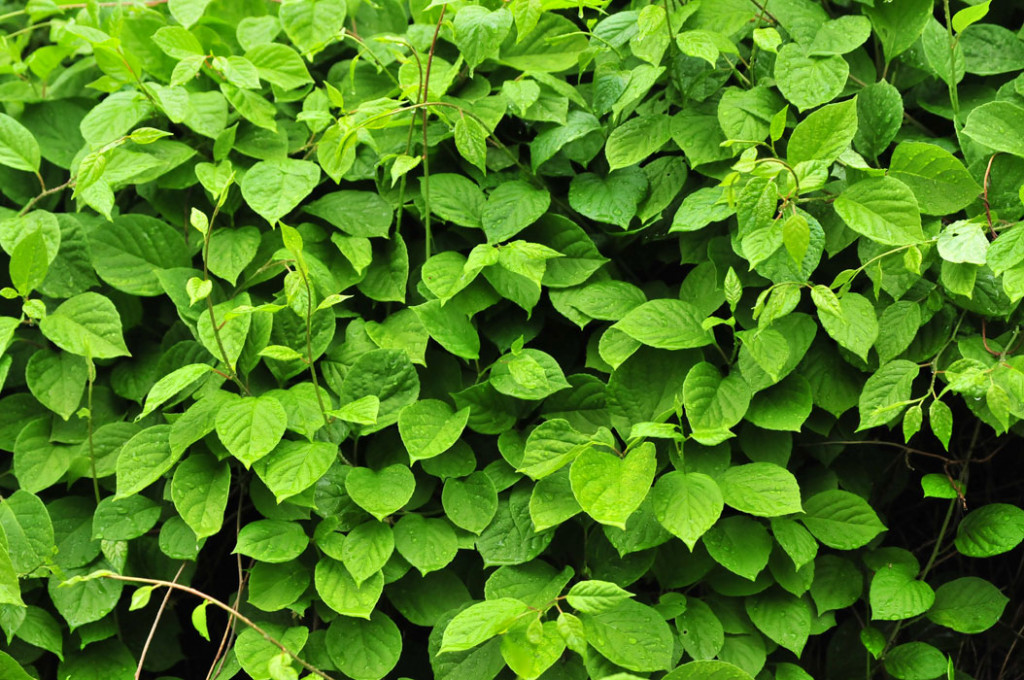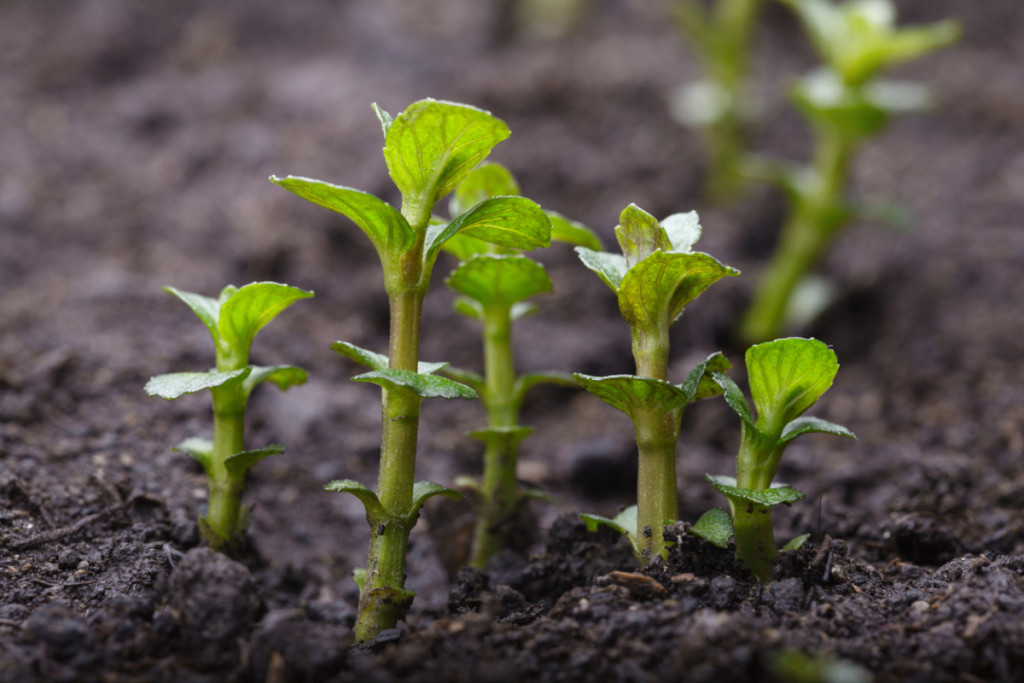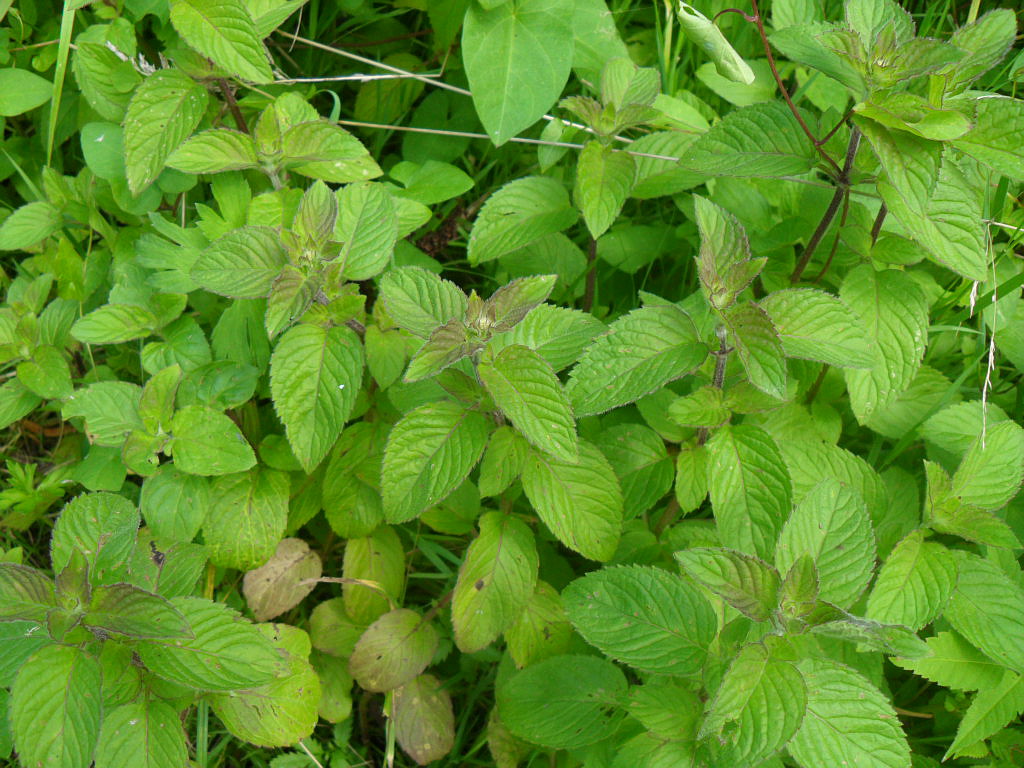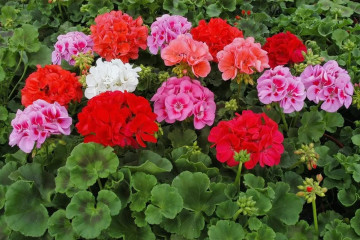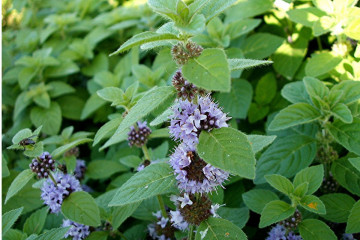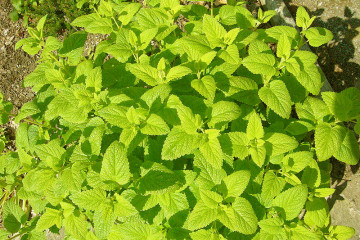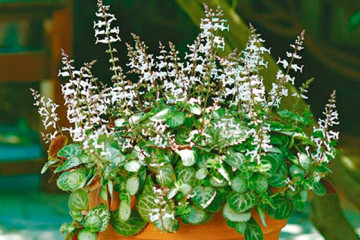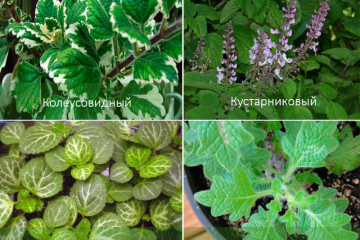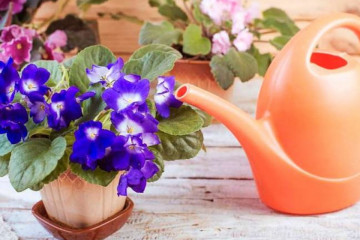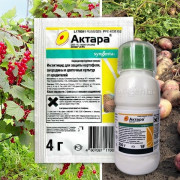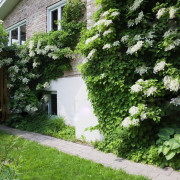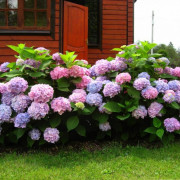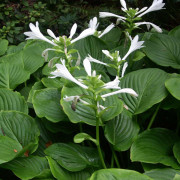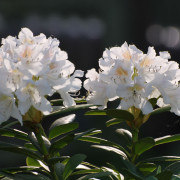Lemon mint - what it looks like, rules of care
Content:
Lemon mint contains many essential oils that have beneficial effects on the human body. Due to its useful and medicinal properties, lemon balm is grown on the plots of summer residents and gardeners. When breeding a plant on your own site, you must follow the recommendations for agricultural technology.
Lemon mint - what kind of plant it is, what family it belongs to
Lemon mint belongs to the Lamiaceae family and is perennial. Melissa is unpretentious in care, therefore it grows well both in summer cottages and in the wild. Since the plant is not picky about the soil, you can not change the planting site for 6 years. Lemongrass is also an excellent honey plant in indoor conditions.
A short description of what it looks like
Melissa grows to a height of 30-150 cm. The stem has 4 edges with petioled leaves in the form of a heart. On the edge of the leaves there are teeth. Lemon mint has small flowers, lilac, white, light pink. Lemongrass blooms in July-August.
How it differs from regular mint
Since both plants belong to the same family, their leaves are the same shape. Unlike mint, lemon balm has a branched stem. In an ordinary plant, flowers are collected in a spikelet, while lemongrass has false rings.
What is useful in treatment and household
The medicinal herb is widely used in folk medicine. There are recipes for tinctures for shortness of breath and other diseases of the respiratory system. helps the plant against diseases of the heart and blood vessels. It is good to take the plant for problems with the nervous system, neuroses, hypertension. Recipes consisting of medicinal mint with the addition of spotted milk thistle, yarrow, immortelle are useful for health. Use a useful herb should be on the recommendation of a doctor, as contraindications are possible.
Lemon mint is used in cooking. The original taste allows mint to be used as a condiment. Lemongrass mint goes well with fish, meat, game, mushroom dishes. Melissa kills bacteria, therefore it is used in canning fruits and vegetables, imparting a fresh aroma. Green tea is very useful, to which lemon balm and honey are added.
Growing lemongrass in the garden
Although mint lemon balm is considered an exotic plant, it is an unpretentious plant. Many summer residents grow it on the site. To grow lemon mint, you need to find a suitable place.
How to choose a place and prepare the soil for growing lemon balm
In order for the bushes to grow healthy, they need suitable conditions:
- Good lighting. Landing takes place on the south side.
- Creation of conditions for the plant to curl. It is advisable to place lemongrass near gazebos, fences.
- Wind protection. It is necessary to create a draft barrier.
Rules for caring for a plant in the open field
Lemon peppermint care is easy. It consists of mandatory procedures such as loosening the soil and weeding.
Watering and feeding
Lemon balm should be watered sparingly as the soil dries. After watering, loosening is performed so that a crust does not appear on the soil. Top dressing is needed during the growing season. It is advisable to add a complex of mineral additives. An excellent effect is given by feeding from ammonium nitrate in an amount of 20 g, 50 g of superphosphate diluted in water (10 l), 15 g of potassium fertilizers.
Plucking and pruning culture
There is a need to prune the plant. After that, the lemon balm is restored, new branches and density are formed. During the cultivation of seedlings, each plant is pinched at a height of 10-15 cm. During the season, the shoots are pinched 2-3 times.
How to grow lemon balm at home
A beautiful plant can be grown at home on a windowsill. Taking care of lemon balm is easy. It is enough to water and feed it in a timely manner. Also, the grass needs good illumination and protection from drafts.
Popular varieties for breeding on the windowsill at home
Several varieties have been bred for growing lemongrass at home.
Lemon flavor
The variety is suitable for growing in the garden and at home. The plant is compact and takes up little space.
Variegated
Differs in spotted leaves. There are bright yellow spots on the dark green leaves. It looks especially beautiful in the sun.
Pure gold
Melissa is unpretentious, has an interesting feature. The compact bush blooms in different shades. At the beginning of flowering, the flowers are white, towards the end they are blue.
Mojito
Ideal for cooking applications.
How to care for lemon mint
How healthy the bushes will be depends on proper care.
Choosing the best place in the house
The choice of location is an important parameter. For lemon mint, an open area works best; a windowsill is best. Then the seeds will fully germinate, and the bush will have a pronounced aroma.
Illumination and temperature conditions
The side where the lemon balm will grow should be sunny. The temperature at which mint grows well is room temperature.
Watering rules and humidity
It is necessary to monitor the moisture content of the soil. Watering is carried out often, but waterlogging of the soil should not be allowed, otherwise the soil will swamp, the roots will rot. Watering is required while loosening and applying top dressing.
Top dressing and soil quality
The soil is used saturated with useful substances. At the dacha, sandy loam and loamy types of soil are used with drainage, which serves to protect the roots from rotting. When growing a house, drainage from gravel is also done.
Lemon mint propagation methods
Lemongrass can be propagated in three ways.
From seed
When the soil is well warmed up, seeds are planted. Sowing falls at the end of May. Furrows should be drawn along the soil and moistened. The seeds are covered and covered with a thin layer of earth (1.5 cm). After 3-4 weeks, shoots appear that need to be thinned out - the distance between them is 20 cm.
By dividing the bush
Bushes can be divided when they are 3-4 years old, in late spring or early autumn. The plant is dug up and divided into parts.
Layers and cuttings
In the spring, cuttings should be cut from the top and placed in a container with water. After half a month, roots appear. A stimulant is used to speed up the appearance of the roots. The seedlings are placed in pots with loose soil, and after 3 weeks are planted in open ground.
How lemon mint blooms
In July-August, flowers with a pleasant aroma begin to appear on the plant. Flowers form only in the second year after planting. During flowering, a cluster of small flowers of white, pink, purple hue. Formed in the leaf sinuses.
The reputation of the main melliferous plant in the summer cottage
One of the names of the herb is honey. The flowers contain a large amount of nectar that attracts bees.
Mistakes when growing lemon balm
Some gardeners often make mistakes when growing lemon balm:
- mint grows in the sun or in the shade;
- weeds are not removed;
- the soil is poor and dry;
- the site is exposed to winds.
Plant diseases and pests
Diseases appear when the planting material is processed. If you take care of lemongrass incorrectly, then powdery mildew, black spot of leaf plates, ascochitosis appear. Fusarium lethargy can be cured by spraying with Granosan. Powdery mildew can be eliminated by spraying Bordeaux liquid. Damaged twigs, leaves, flowers are best cut off.
Pests that damage lemon balm lemon mint:
- mint flea;
- aphid;
- mint mite;
- slobbering penny;
- green shield beetle;
- leaf beetle.
You can notice pests by foliage. It becomes stale, and the roots begin to rot. Numerous insecticides and fungicides are available for pest control. Well suited for spraying bushes infusion of celandine.
Planting lemon mint on the plot will provide a delicious, aromatic tea. You can also prepare useful decoctions to get rid of some diseases.
